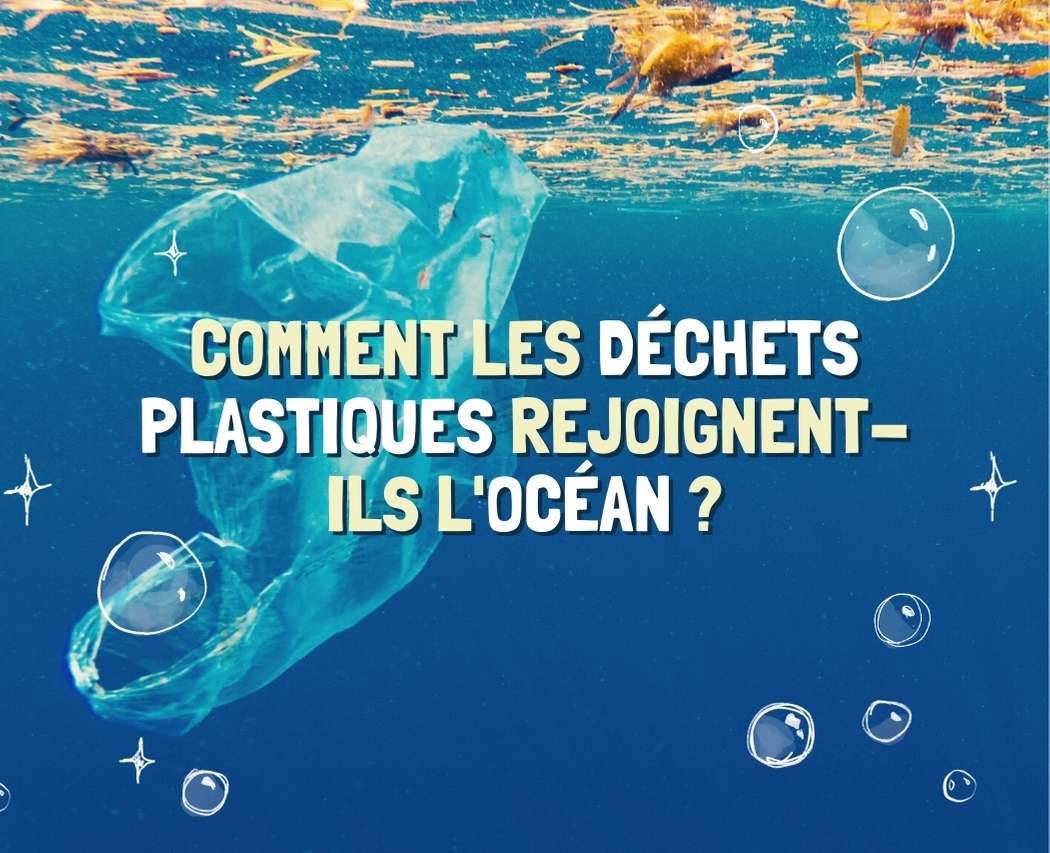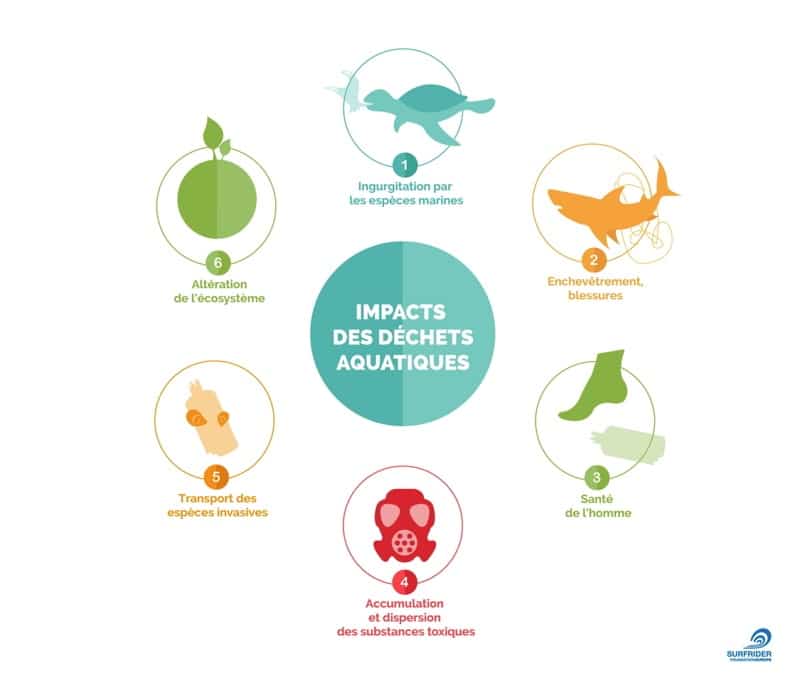The growing threat of plastic pollution in our oceans poses largely unknown challenges, shaking up ecological and social balances. Accumulating more than 170,000 billion fragments on the surface of the water, this pollution, far from being a simple aesthetic problem, exacerbates the social injustices and seriously impacts our environment. The appearance of plastic “soups”, often confused with “plastic continents”, testifies to this global crisis born from the multiple issues surrounding the management and recycling of waste. It is becoming urgent to understand these issues in order to identify circular solutions capable of minimizing the devastating effects of our excessive consumption of plastic.

Ocean plastic pollution isn’t just about floating bags and drifting bottles. Behind the definition of this waste lie complex and profound implications, affecting the environment, societies and global economies. From the threat to marine biodiversity to the impact on the most vulnerable human communities, this article invites you to explore the multiple dimensions of this issue.
Table of Contents
ToggleEnvironmental Dimensions of Plastic Pollution
The oceans are home to the majority of marine biodiversity of our planet, but this precious ecosystem is today severely threatened by plastics. Every year, tons of plastic waste flow into the oceans, where they break up into microplastics, invisible to the naked eye but deadly to marine wildlife. These particles cause entanglements, accidental ingestion and fatal injuries to marine species. Cleaning up the ocean then becomes a Herculean, albeit vital, challenge.
Social and economic consequences
There plastic pollution of the oceans does not stop at the environment; it also has profound social and economic repercussions. Developing countries, often on the front line of this scourge, suffer from exacerbated inequalities because they lack the infrastructure necessary to manage plastic waste. These communities are seeing their fishing resources diminish, their health deteriorate and their local economy weaken.
Impact on human health
Growing exposure to microplastics is not limited to ocean environments. These particles are also ingested by humans through various means, notably via seafood which accumulates them. The implications for human health are still largely unknown, but there is growing concern about endocrine disruptors and other toxins that could result.
Regulatory and management challenges
In the fight against plastic pollution, global regulation plays a crucial role, but gaps remain. The absence of a strong and unified legal framework often delays the coordination efforts necessary for effective management. Current initiatives aim to strengthen recycling, particularly in the most affected regions, while raising awareness among the general public to adopt more sustainable practices.
Solutions and innovations
Faced with the urgency of the situation, circular solutions are emerging to counter this plastic surge. Technological innovations promise to transform the life cycle of plastics, from their production to their recycling. Awareness and participatory cleaning campaigns also contribute to behavioral change and the collective awareness that is essential to healing our oceans.
Global mobilization for a sustainable future
Assigning increased importance to responsibility and collective action remains essential to stopping the plastic crisis. Governments, businesses and citizens are called upon to act jointly to reduce their plastic footprint. It is crucial to realize that the solutions exist and that they require global mobilization to achieve a future where the oceans will no longer be choked with plastic.









